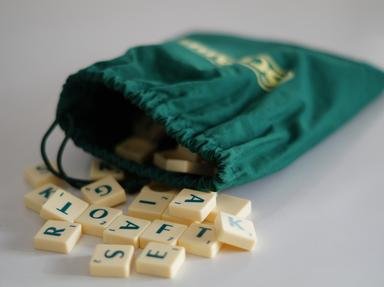Quiz Answer Key and Fun Facts
1. Xylem is a word that describes a thick tissue used to transport water and minerals. In what kind of species can it be found?
2. These people were the first generation to grow up with household computers and household internet access. Based on the Oxford Dictionary, which word describes a person born between 1975 and 1985?
3. A termite would be an example of this word. What is an xylophage?
4. Xenial is an adjective used to describe hospitality. It came from ancient Greek custom that involved giving strangers gifts as a sign of protection and friendship.
5. This style of art started as a form of Japanese printing that dates back to the 8th century. Which of these words refers to the art of making engravings on wood to use for ink imprints?
6. This word is used to describe several conditions that have led to cancer. Which of these words refers to a disease that causes the skin to become dry, hard, and scaly?
7. Anna used some tea tree oil to treat xerasia. Xerasia is a horrible dryness of what body part?
8. Moses saw some xerophilous plants in the desert. What conditions are xerophilous plants able to thrive in?
9. You might find this word in a surgical room. Which of these is a surgical instrument used to clean bones?
10. This word could describe a love that is found in anthropologists, ambassadors, missionaries, or global travelers. Which one of these words describes a passion for embracing other cultures or foreign strangers?
Source: Author
exceller
This quiz was reviewed by FunTrivia editor
looney_tunes before going online.
Any errors found in FunTrivia content are routinely corrected through our feedback system.
